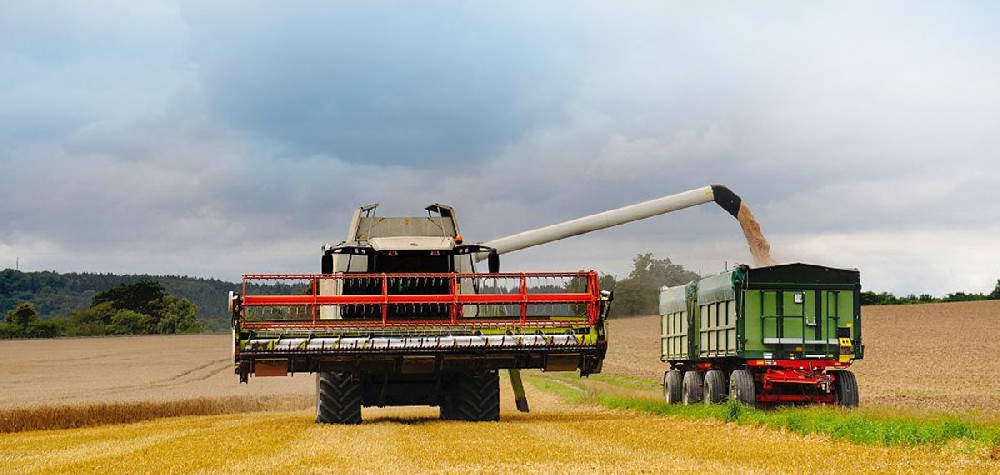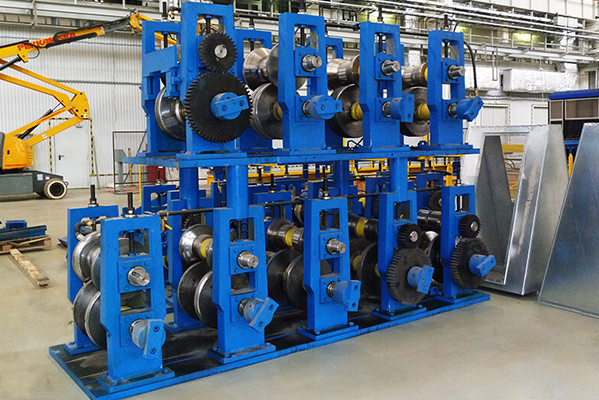Navigation Menu
Contact Us
- Email:
- info@wxavatar.com
- Address:
- Yurong Village, Yuqi Street, Huishan District, Wuxi, China.
Release Date:Jul 10, 2025 Visit:39 Source:Roll Forming Machine Factory
Selecting the appropriate equipment is a critical decision for any company manufacturing railcar parts. The right machinery can significantly impact efficiency, product quality, and overall operational success. This process involves a careful evaluation of various factors, moving beyond just the initial cost to consider long-term value and strategic fit.

Understanding Production Needs and Specifications
The first step is to thoroughly understand the specific production requirements. This includes:
Part Complexity and Size: Are you producing large, simple components or intricate, multi-faceted parts? The complexity and dimensions of the parts will dictate the required precision, capacity, and type of machinery.
Material Types: Railcar parts utilize a diverse range of materials, including various grades of steel, aluminum, and composites. Each material has unique properties that necessitate specific processing equipment, such as specialized welding machines for certain alloys or high-tonnage presses for forming thick steel.
Production Volume: The anticipated volume of parts directly influences the scale and automation level of the equipment needed. High-volume production might justify significant investment in automated systems, while lower volumes might be better suited to more versatile, less automated machinery.
Tolerance Requirements: Railcar components often have strict tolerance requirements for safety and performance. The chosen equipment must be capable of consistently achieving these precise specifications.
Evaluating Equipment Capabilities and Technology
Once production needs are clear, the focus shifts to evaluating the capabilities of available equipment:
Precision and Accuracy: Look for machinery that offers the necessary level of precision to meet your part specifications consistently. This might involve advanced control systems, robust construction, and precise tooling.
Automation and Control: Assess the level of automation that aligns with your production goals. Automated systems can increase throughput and reduce labor costs but require significant upfront investment and specialized maintenance. Consider features like CNC (Computer Numerical Control) capabilities for improved repeatability and efficiency.
Versatility and Adaptability: Can the equipment handle a range of part variations or different materials? Versatile machinery can offer greater flexibility and long-term utility, adapting to evolving production demands.
Reliability and Durability: Manufacturing environments can be demanding. Prioritize equipment known for its reliability and robust construction, which will minimize downtime and extend the lifespan of your investment. Research manufacturer reputations and look for evidence of durable design.
Considering Operational Factors and Support
Beyond the technical specifications, several operational and support aspects are crucial for a successful equipment choice:
Footprint and Facility Requirements: Does the equipment fit within your existing manufacturing space? Consider power requirements, ventilation, and any necessary facility modifications.
Ease of Use and Training: Complex machinery requires skilled operators. Evaluate the learning curve and the availability of training programs from the equipment supplier.
Maintenance and Servicing: Understand the routine maintenance schedule and the availability of spare parts and technical support. Downtime due to maintenance issues can be costly, so reliable support is essential.
Energy Consumption: While not a primary driver, considering the energy efficiency of the equipment can contribute to long-term operational costs.
Supplier Reputation and Support: Choose a reputable equipment supplier with a strong track record for quality products and excellent post-sales support. A reliable partnership can be invaluable for troubleshooting and ongoing maintenance.
Financial Justification and Long-Term Value
The financial aspect goes beyond the initial purchase price. Companies should conduct a comprehensive financial analysis that includes:
Return on Investment (ROI): Calculate the potential ROI by considering increased production, reduced labor costs, improved quality, and decreased waste.
Operating Costs: Factor in ongoing costs such as energy consumption, maintenance, consumables, and labor.
Lifecycle Costs: Consider the total cost of ownership over the equipment's lifespan, including initial purchase, installation, training, maintenance, and eventual decommissioning.

By systematically evaluating these factors, companies can make informed decisions when selecting manufacturing equipment for railcar parts. The goal is to choose machinery that not only meets current production needs but also supports future growth and contributes to long-term operational excellence.